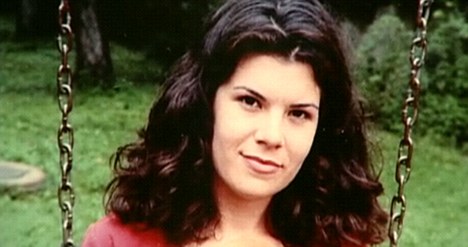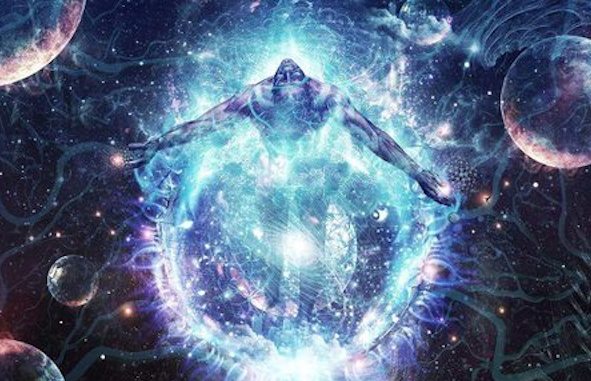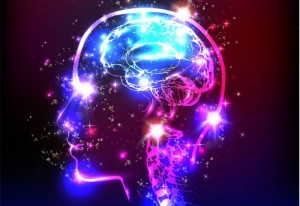By Jeff Roberts,
Mara Howell was in pain, the type of pain so severe it found her bedridden in a hospital at 33 years old. Cancer was killing her.
Conventional pain killers weren’t providing any relief. She tried them all, opioids, methadone, IV ethanol, and more, but to no avail. On top of the physical pain, Mara was also battling severe depression and anxiety.
Mara’s mother, Marilyn Howell, recalls her daughter’s struggles in a memoir published for MAPS:
“However much courage Mara had, the waves of illness that washed over her were unrelenting. Diligent exercise didn’t make her stronger, an antidepressant didn’t make her happier.”
Cannabis had provided temporary ease for Mara, but nothing substantial enough to make her situation bearable.
Being a mind-body educator, Mara’s mother suspected that her daughter’s pain was perhaps connected to something less tangible than what Western medicine was willing to accept. It was deeper than the physical.
Working with Mara’s nurse, Marilyn eventually discovered an alternative treatment option for her daughter: Psychedelic therapy.
Mara had heard about the use of psychedelics before from Aldous Huxley’s 1954 book The Doors of Perception, wherein Huxley described using LSD to subdue his own suffering from terminal cancer. In his final moments, Huxley was injected with a strong dose of LSD by his wife, who recorded the experience in her book The Timeless Moment.
Marilyn was aware of the theraputic applications of such drugs as MDMA and LSD from her youth, before the Controlled Substances Act had its strong grasp on psychedelic research decades ago. During the 1980’s, Marilyn recalled how MDMA assisted therapy was a popular treatment for anxiety, depression and PTSD symptoms (In recent years, the FDA has even allowed for a limited amount of research in this field once again).
Thankfully, Mara’s nurse was able to track down a qualified psychiatrist who had just worked on MDMA-assisted therapy research at McLean Hospital. He travelled to Mara’s bedside and administered a controlled dose of MDMA in a guided session. Remarkably, Mara’s pain vanished during the session,
“He came and did a guided session with [Mara] with MDMA, and Marilyn did it with her,” Joyce (Mara’s nurse) said. “They reported that she was pain free during that time. I think [she] died pain free a few days after that.”
In her final days of life, Mara underwent carefully supervised psychotherapy sessions under the influence of MDMA, LSD and psilocybin “magic” mushrooms. The treatments eased her pain, and she was able to get out of bed to take walks in a nearby park. The drugs also helped Mara reach a deep sense of acceptance of her imminent death.
Mara’s hospice care worker, Vassallo, was blown away by the results of the therapy,
“[For Mara] it was just always about pain, pain, pain, pain, pain, pain, no matter what we did,” Vassallo said. “And we did a lot … to try to control her pain, and really nothing worked. My theory is that the pain –– I don’t think it was conscience, but it was on the subconscious level –– [Mara] needed to have the pain, because if everyone was focused on the pain, that kept everyone unfocused on the fact that this 32-year-old was dying.”
Vassallo said that psychedelics seemed to open Mara up to a new reality that provided imminent peace during her final days.
Check out Marilyn’s blog for more on her daughter’s story, Honor Thy Daughter.
Current Psychedelic-Therapy Research
Although limited, there have been successful applications of psychedelic therapy during studies in recent years.
Last year a study concluded that LSD-assisted psychotherapy is effective in easing anxiety in dying patients. The double-blind, placebo-controlled study was sponsored by MAPS and conducted by Swiss psychiatrist Peter Gasser and his colleagues.
They tracked 12 people who were in the process of dying, primarily due to terminal illness, as they attended LSD-assisted psychotherapy sessions. All but one of the participants had never taken LSD prior to participating in the study. An Austrian participant named Peter described the experience as follows:
“My LSD experience brought back some lost emotions and ability to trust, lots of psychological insights, and a timeless moment when the universe didn’t seem like a trap, but like a revelation of utter beauty.”
Charles Grob, a psychiatrist and researcher at Harbor-U.C.L.A. Medical Center, completed a study in 2008 that showed the ability of psilocybin (the active component in psychedelic mushrooms) to ease fear of death in 12 end-stage cancer patients. The study results, published in the Archives of General Psychiatry in 2011, concluded that the treatment could be done safely and successfully reduced all subjects’ anxiety and depression about impending death.
Research involving ayahuasca has also turned out encouraging data showing its ability to reduce psychological traumas and anxieties, and several studies involving MDMA-assisted psychotherapy have shown it to be statistically significant in reducing anxiety and PTSD symptoms in study participants. To date, clinical trials looking specifically at psychedelics for the end of life are limited, but determined researchers continue to delve into the potentials of various substances.
What Does The Future Hold For Psychedelic Therapy?
Mara’s story is yet another example of the therapeutic potential of psychedelics. If utilized properly, psychedelics can serve as an immensely accelerated means of healing deeply-rooted trauma and anxiety. One of the most exciting factors within this field of research is that it still yields so much potential, as we’ve only begun to scratch the surface of what psychedelics have to offer. If studies keep producing promising results, we could very well be seeing some major changes within psychedelic legislation very soon.
What are you thoughts on psychedelic intervention in easing the dying process?
*Art credit: Cameron Gray. Parablevisions.com
About the author: Jeff Roberts











